Valles Marineris, Olympus, Arcadia Planitia, Elysium Mons, Planum Boreum, Icaria Fossae and Noachis Terra are some of the Martian regions that NASA’s observation probe has flown over. The probe was sent into orbit in 2005 to study the planet’s surface. Among the tens of thousands of shots, with a resolution of unprecedented quality, Xavier Barral has extracted a series of nearly 200 photographs for this book.
Since the 1960s, many probes have brought back images of Mars. But in 2005, the MRO probe equipped with a Hirise camera and put into orbit at an average distance of 300 km reveals an unsuspected landscape developed over more than three billion years, captured in a resolution never before attained.
As Francis Rocard points out in the book, “Along with Earth, Mars is the planet whose history is the most rich and diverse.” In order to best capture the geological and mineralogical contours of this mythical planet, the team decided to maintain a consistent point of view, with each photograph covering a 6-km wide strip. These images fuel our imagination, opening up multiple interpretations and thus inciting us to think about our world and ourselves.
To help guide us on this photographic exploration sketched out by Xavier Barral and Sébastien Girard, texts by astrophysician Francis Rocard, professor of planetary science and the director of HiRISE, Alfred McEwen, detailed captions by planetologist and geophysician Nicolas Mangold, as well as a planisphere of Mars all provide keys for interpretation and place these enigmatic images back in their context.
Francis Rocard Alfred S. McEwen
MARS, a photographic exploration
Valles Marineris, Olympus, Arcadia Planitia, Elysium Mons, Planum Boreum, Icaria Fossae and Noachis Terra are some of the Martian regions that NASA’s observation probe has flown over. The probe was sent into orbit in 2005 to study the planet’s surface. Among the tens of thousands of shots, with a resolution of unprecedented quality, Xavier Barral has extracted a series of nearly 200 photographs for this book.
Since the 1960s, many probes have brought back images of Mars. But in 2005, the MRO probe equipped with a Hirise camera and put into orbit at an average distance of 300 km reveals an unsuspected landscape developed over more than three billion years, captured in a resolution never before attained.
As Francis Rocard points out in the book, “Along with Earth, Mars is the planet whose history is the most rich and diverse.” In order to best capture the geological and mineralogical contours of this mythical planet, the team decided to maintain a consistent point of view, with each photograph covering a 6-km wide strip. These images fuel our imagination, opening up multiple interpretations and thus inciting us to think about our world and ourselves.
To help guide us on this photographic exploration sketched out by Xavier Barral and Sébastien Girard, texts by astrophysician Francis Rocard, professor of planetary science and the director of HiRISE, Alfred McEwen, detailed captions by planetologist and geophysician Nicolas Mangold, as well as a planisphere of Mars all provide keys for interpretation and place these enigmatic images back in their context.
Canvas hardcover book with screen-printed jacket
29 x 35 cm
272 pages
150 B&W photographs
Texts
Xavier Barral
Alfred S. McEwen
Francis Rocard
In partnership with NASA, Jet Propulsion Laboratory and the University of Arizona
Link to the video
ISBN : 978-2-36511-000-6


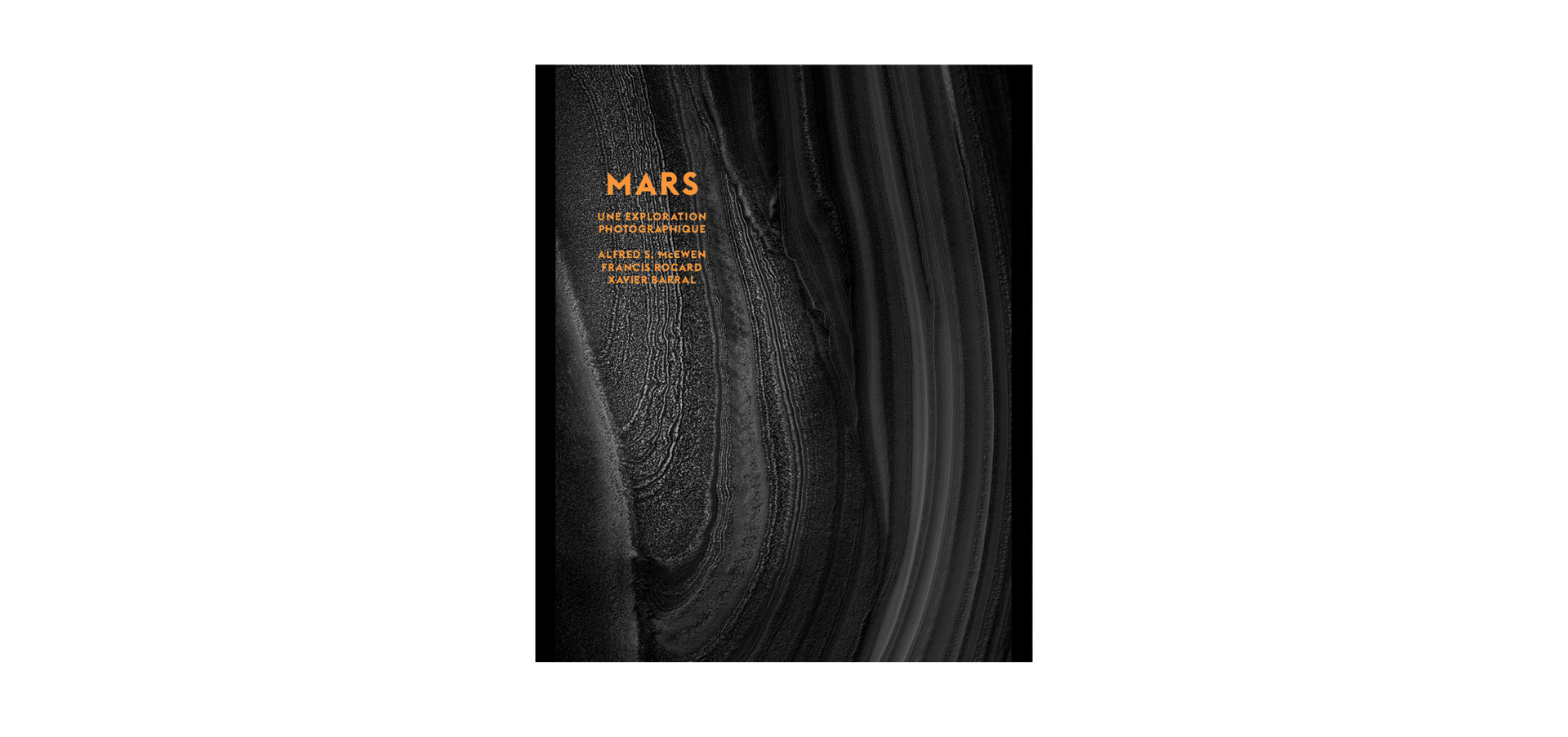
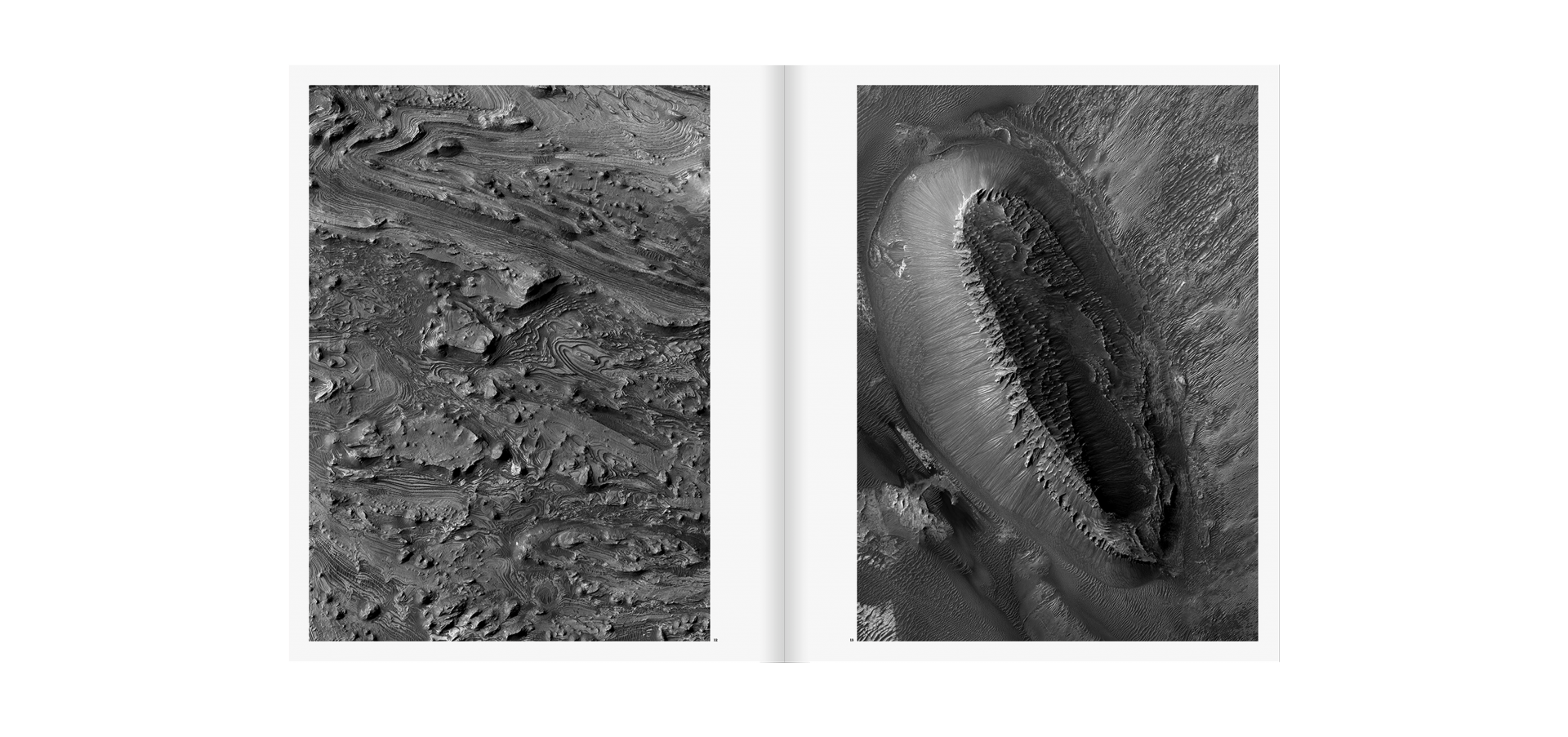
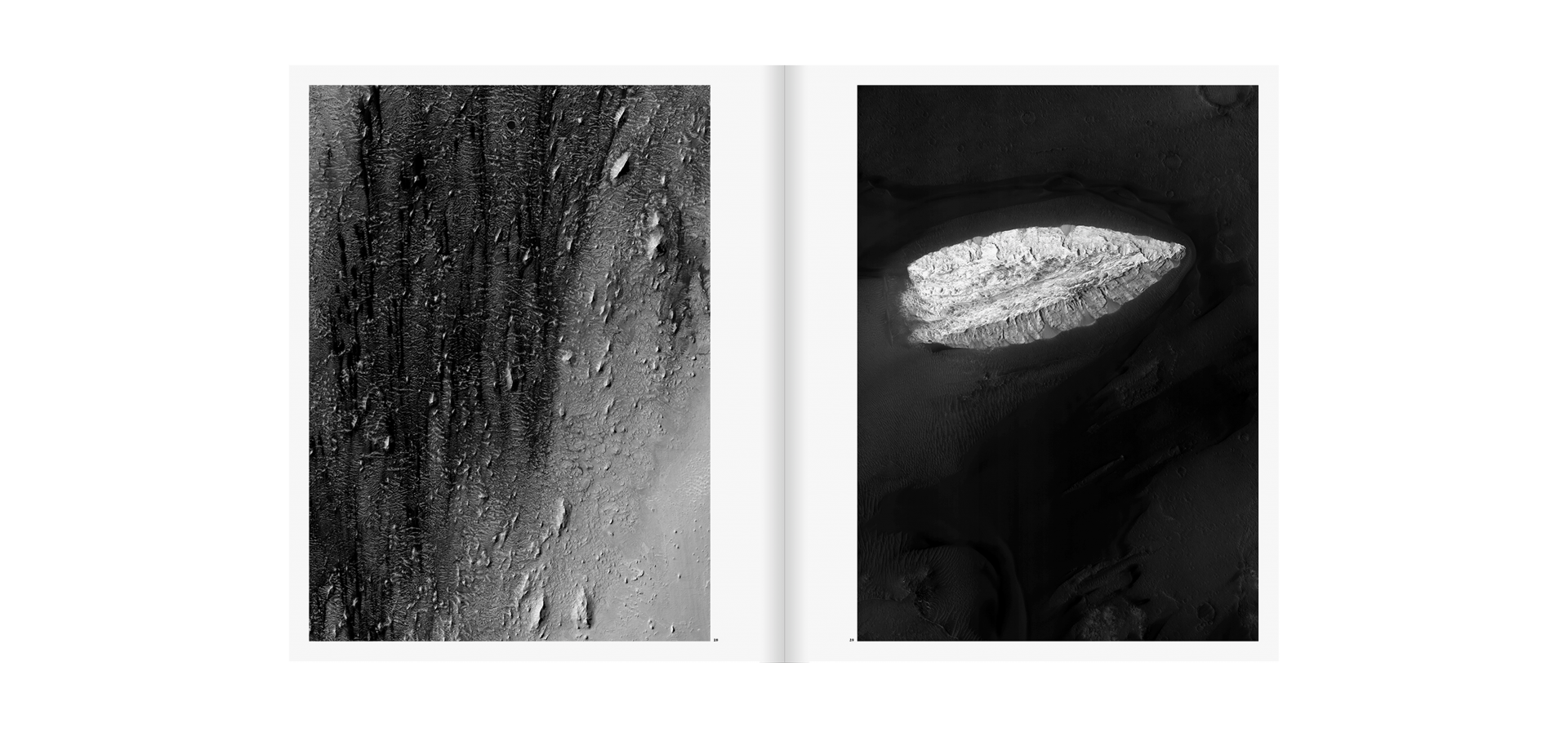

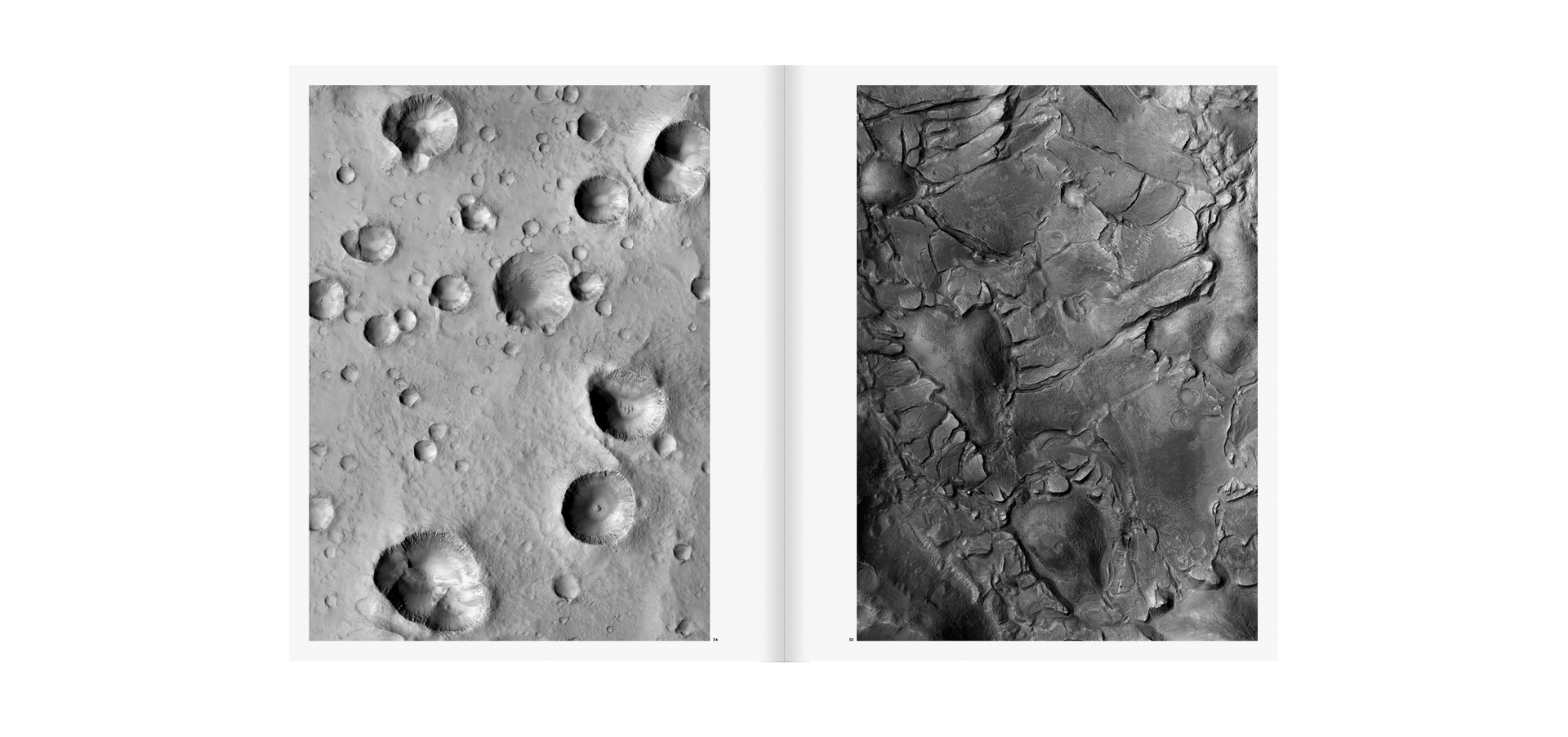
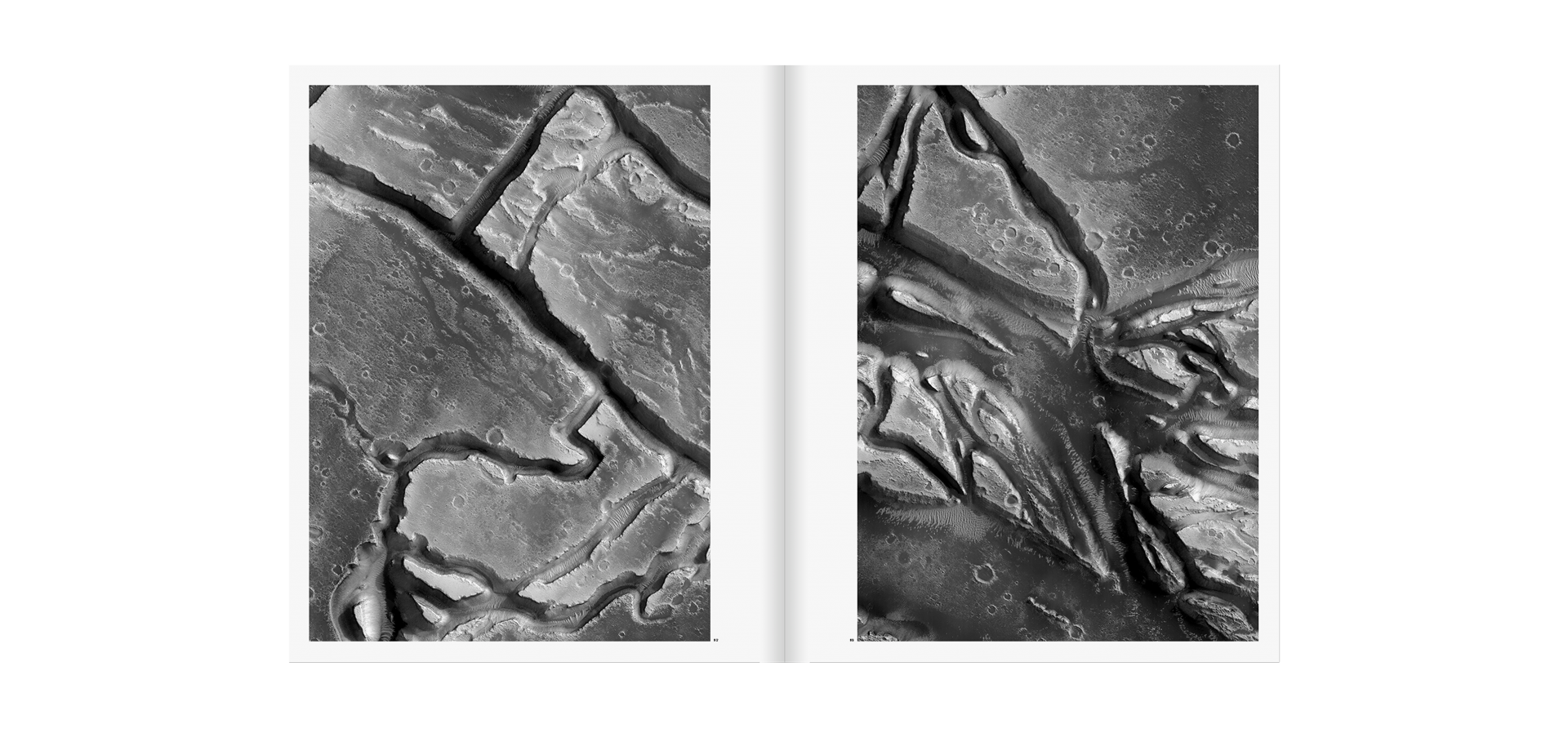
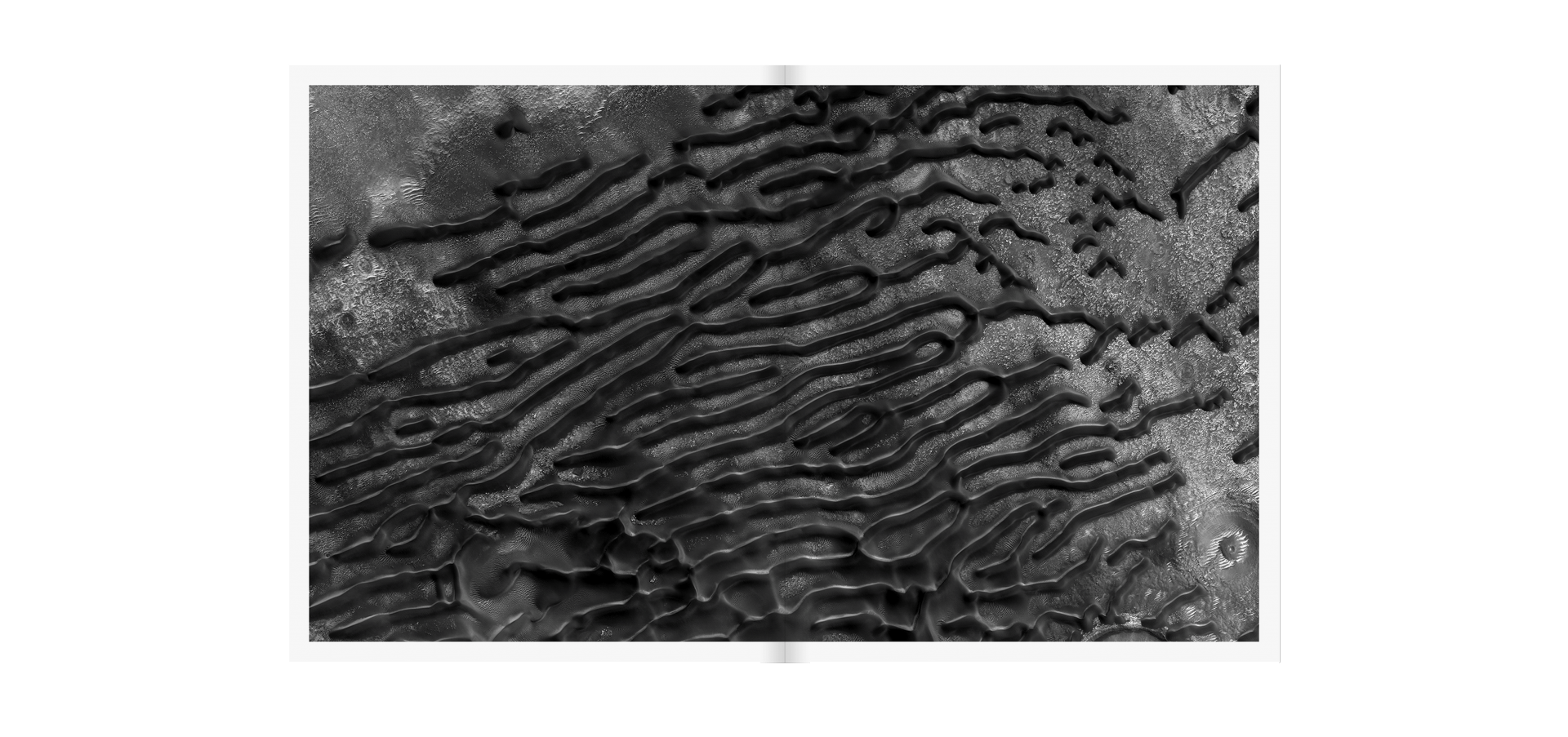
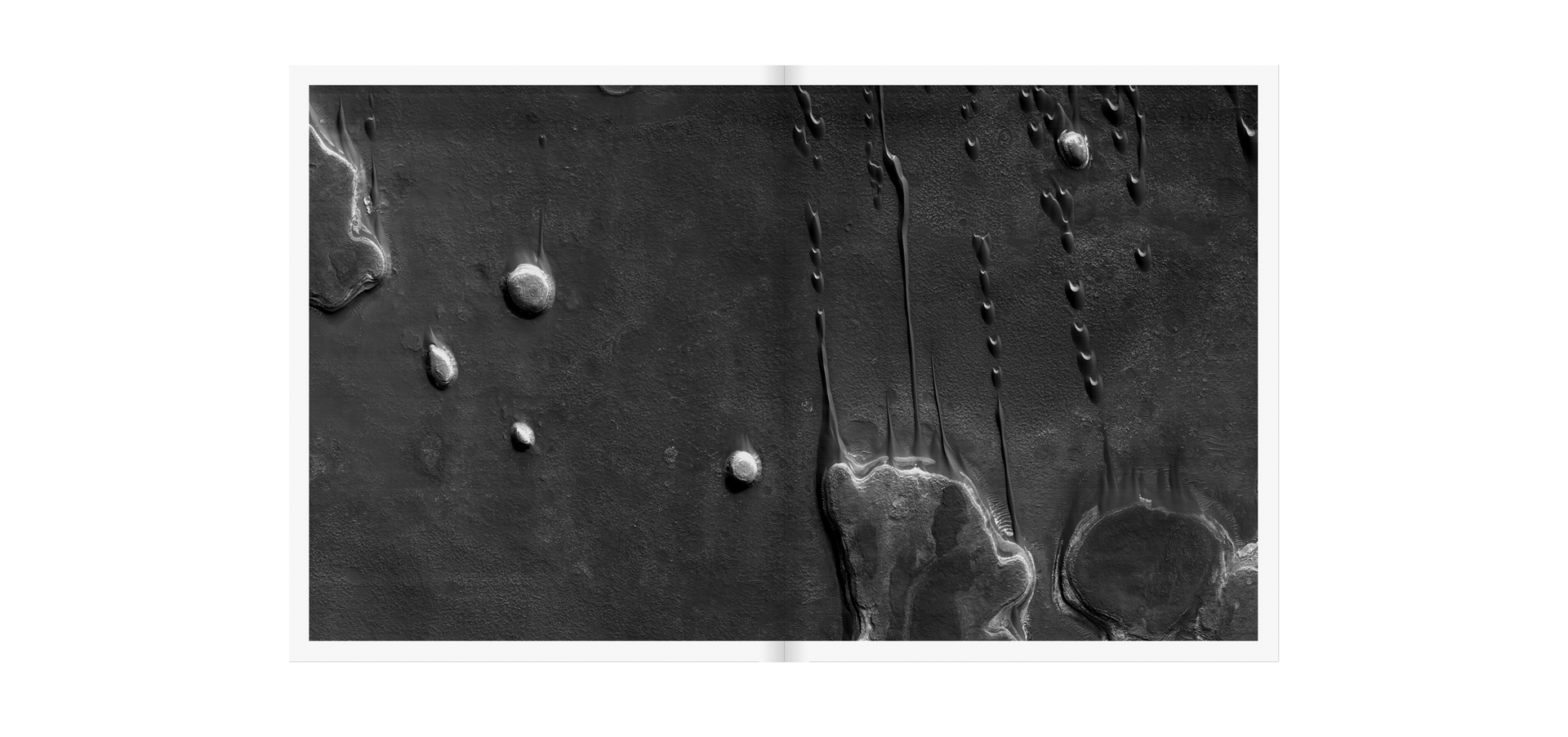
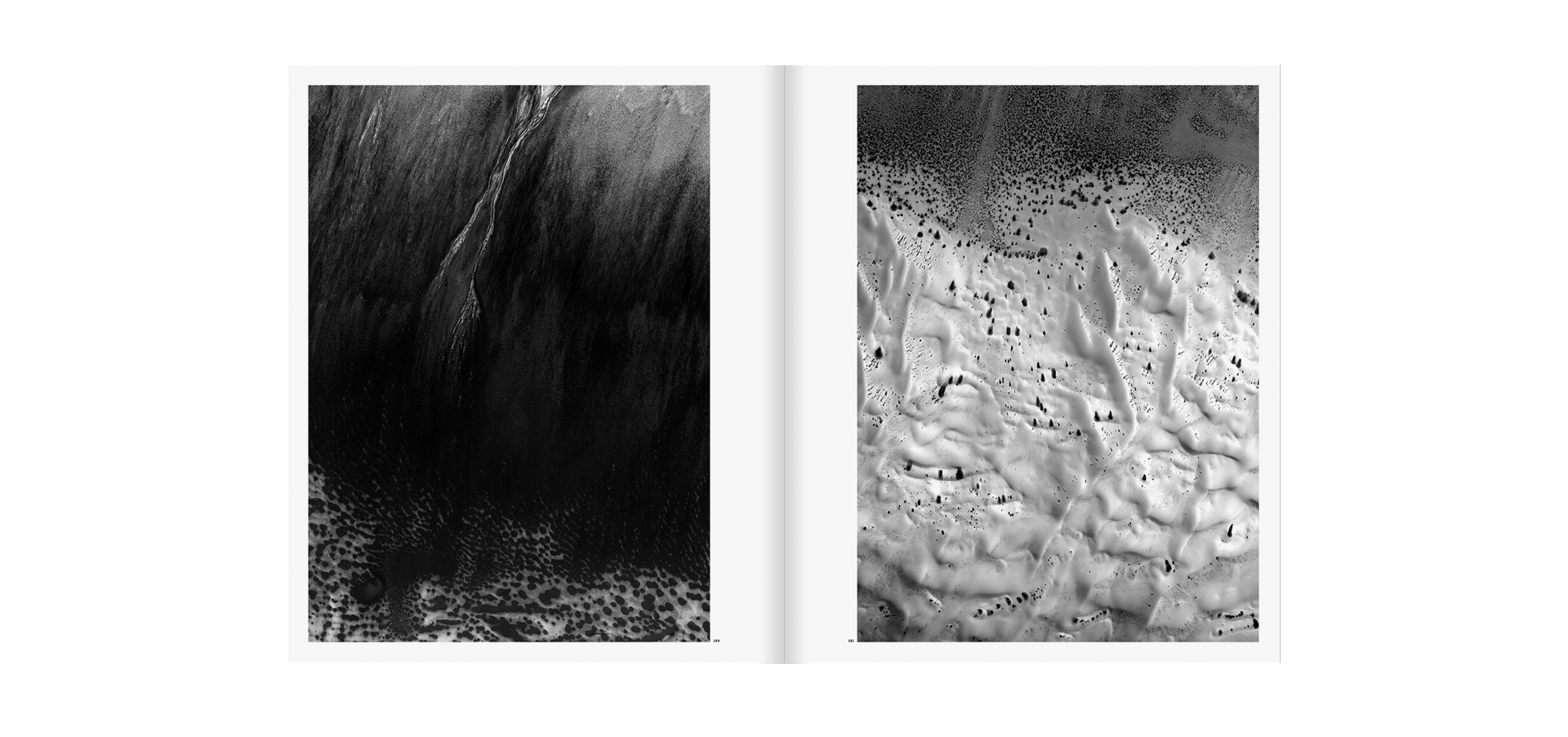

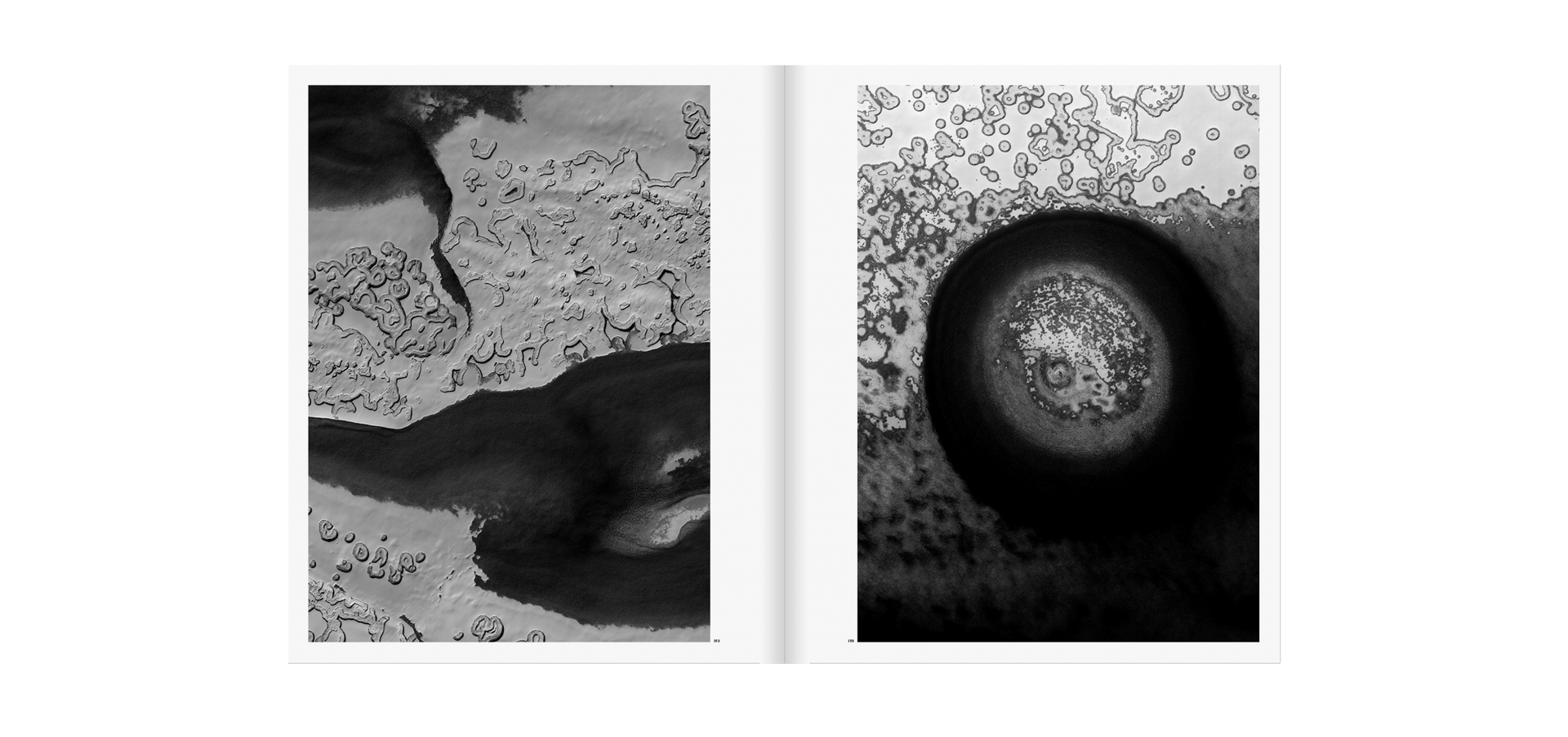
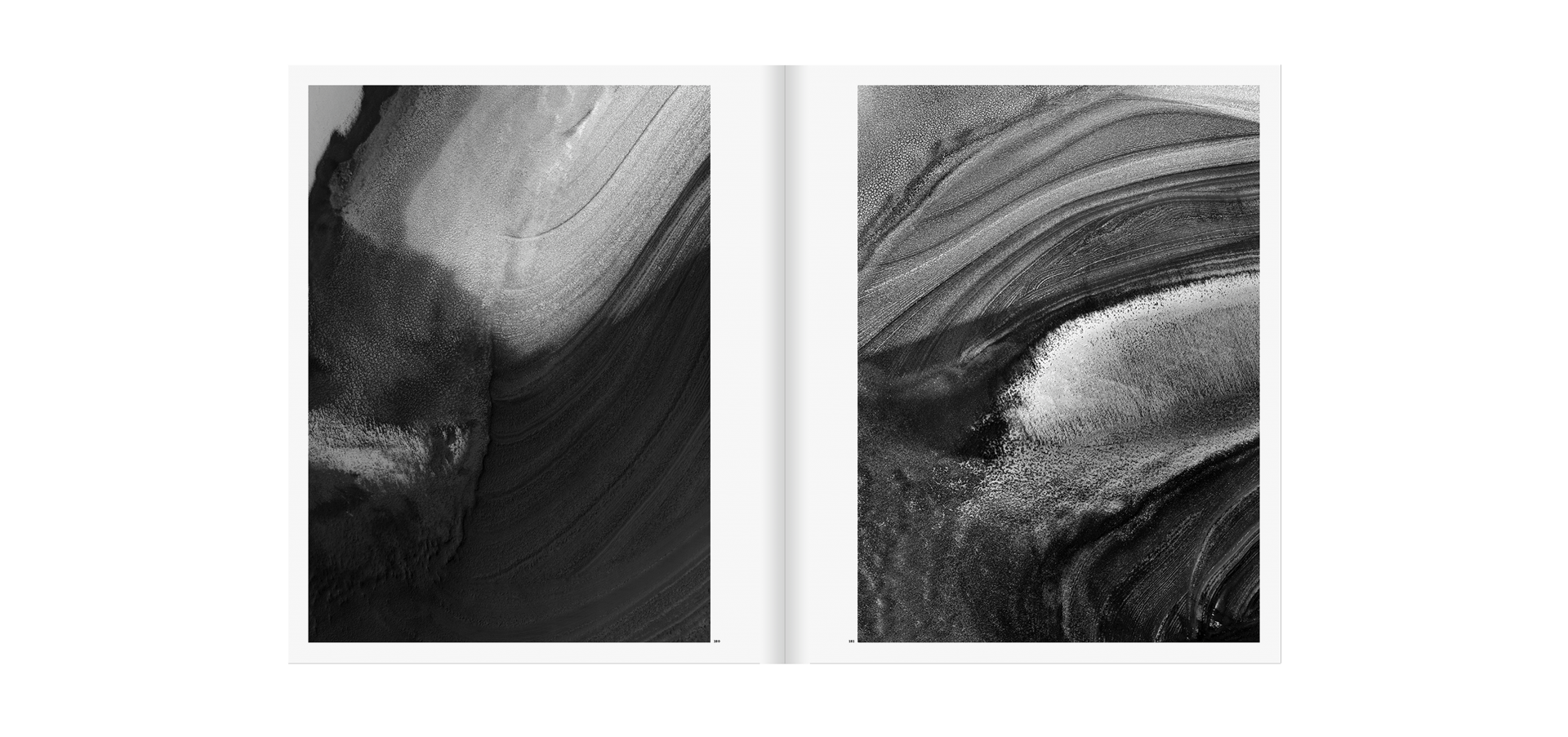


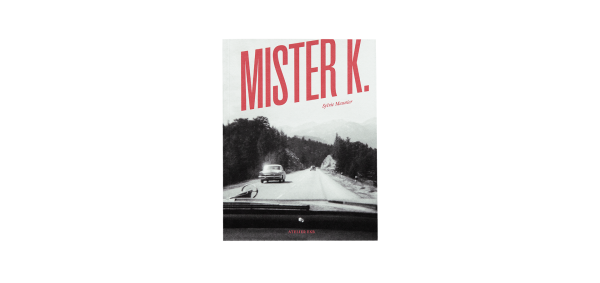


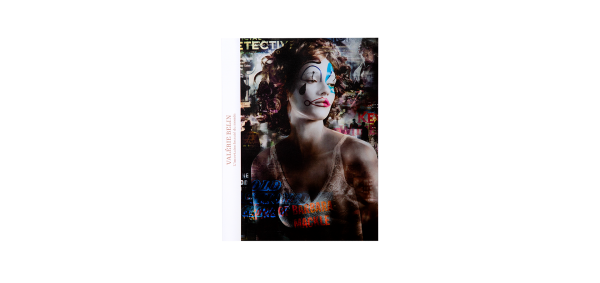
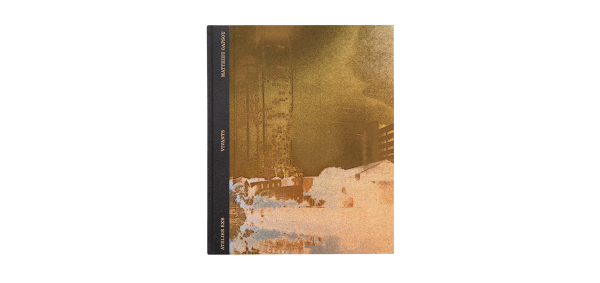

 see the whole catalog
see the whole catalog